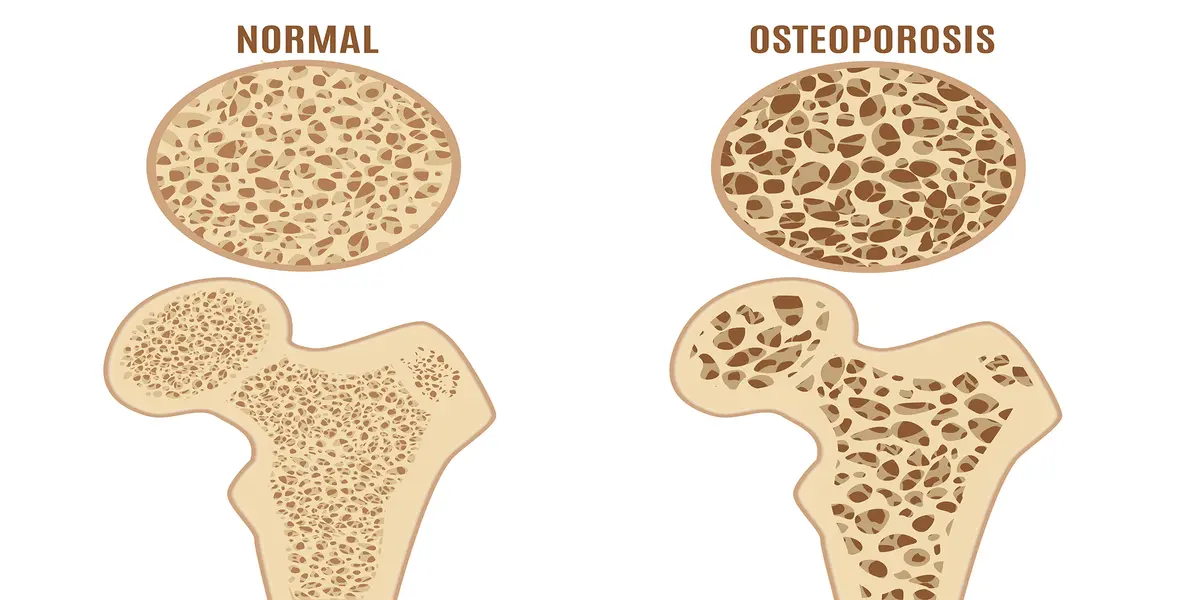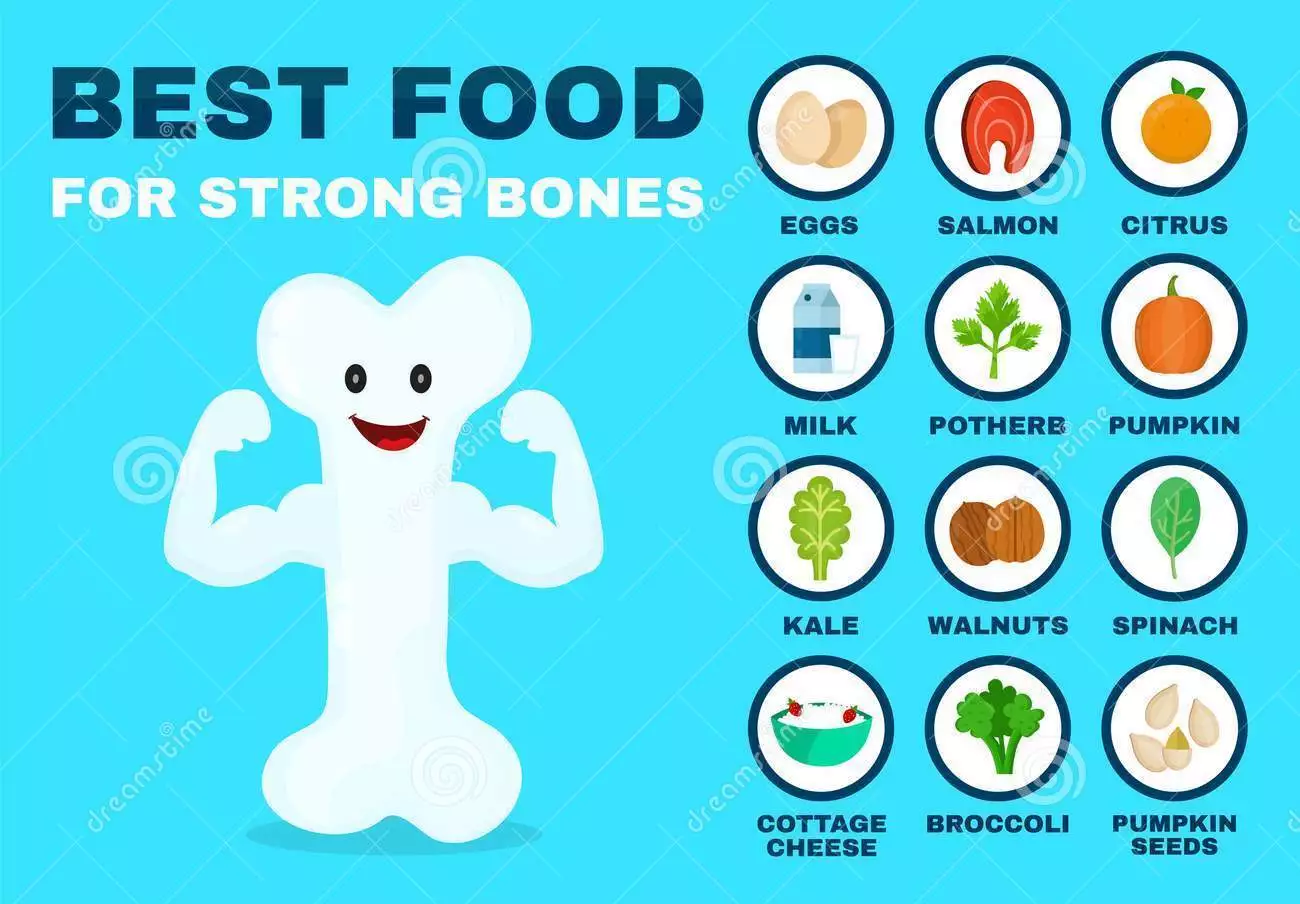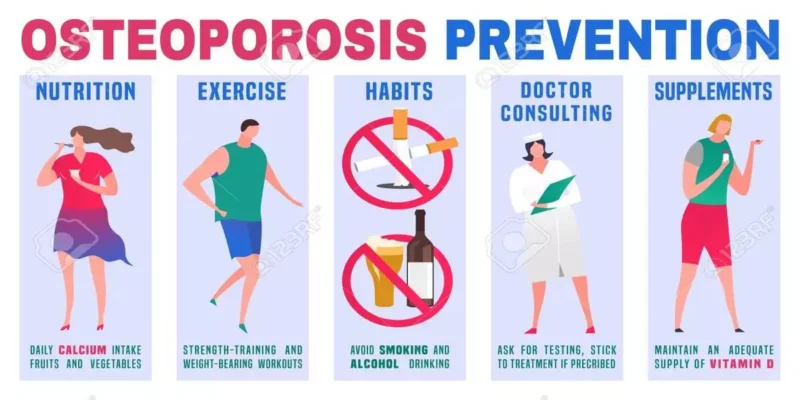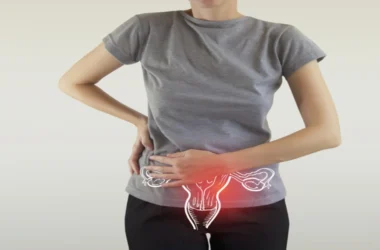Introduction
Maintaining strong and healthy bones is crucial for older adults, especially for preventing osteoporosis, a condition characterized by reduced bone density and increased fracture risk.
Alongside a balanced diet, regular strength training exercises play a vital role in maintaining and improving bone health.
In this article, we will explore the importance of strength training for bone health, understand osteoporosis and its risk factors, discuss the benefits of strength training, provide guidelines for safe and effective strength training, and highlight nutrition and lifestyle considerations.
Importance of Strength Training for Bone Health
Strength training exercises, also known as resistance exercises, are essential for building and maintaining bone strength.
Engaging in regular strength training helps stimulate bone formation, increase bone density, and improve overall bone health. It is particularly important for older adults to prevent the onset or progression of osteoporosis.
Understanding Osteoporosis

2.1 What is Osteoporosis?
Osteoporosis is a bone disease characterized by low bone density and deterioration of bone tissue, leading to increased fragility and susceptibility to fractures.
It is more common in older adults, particularly postmenopausal women, but can affect both genders. Understanding the condition is crucial for prevention and management.
2.2 Risk Factors
Several factors contribute to the development of osteoporosis. These include age, gender, family history, hormonal changes (such as menopause), certain medical conditions, low calcium and vitamin D intake, sedentary lifestyle, smoking, excessive alcohol consumption, and prolonged use of certain medications.
Identifying and addressing these risk factors is essential for maintaining bone health.
Benefits of Strength Training

3.1 Increased Bone Density
Strength training exercises help stimulate bone remodeling and increase bone density. The controlled stress placed on bones during resistance exercises triggers the body to build new bone tissue, resulting in stronger and denser bones.
Also Read: Effective Strategies for Weight Loss and Maintenance
This is particularly beneficial for older adults, as it can help combat the natural decline in bone density that occurs with age.
3.2 Improved Muscle Strength
Strength training not only benefits bone health but also improves muscle strength. Strengthening muscles supports bone health by reducing the strain on bones and joints during daily activities.
Strong muscles also contribute to better balance and posture, reducing the risk of falls and fractures.
3.3 Better Posture and Balance
Strength training exercises targeting the muscles supporting the spine and core can help improve posture and stability.
Maintaining good posture is important for bone health, as it helps distribute forces evenly throughout the skeleton and reduces the risk of developing spinal deformities.
Safe and Effective Strength Training
4.1 Starting with a Healthcare Professional
Before starting a strength training program, older adults, especially those with existing health conditions or concerns, should consult with a healthcare professional.
A healthcare professional can provide personalized recommendations, assess individual needs and limitations, and ensure that strength training exercises are safe and suitable.
4.2 Choosing the Right Exercises
The selection of exercises should focus on weight-bearing and resistance exercises that target major muscle groups and bones.
Examples include weightlifting, resistance band exercises, bodyweight exercises, and functional movements that mimic daily activities.
It’s important to choose exercises that are appropriate for one’s fitness level and gradually progress over time.
4.3 Proper Form and Technique
Proper form and technique are essential for maximizing the benefits of strength training while minimizing the risk of injury.
Learning and practicing correct exercise form, including proper posture, breathing techniques, and alignment is crucial.
Consider working with a qualified strength training instructor or physical therapist to ensure proper form.
Progression and Frequency
Strength training should be progressive to continue challenging the bones and muscles. Start with lighter weights or resistance and gradually increase as tolerated.
Aim for at least two to three sessions per week, allowing for adequate rest and recovery between sessions. Consistency is key for long-term benefits.
Nutrition and Bone Health

A balanced diet rich in essential nutrients is crucial for maintaining bone health. Adequate calcium and vitamin D intake is particularly important.
Calcium-rich foods include dairy products, leafy greens, and fortified foods. Vitamin D can be obtained through sunlight exposure or supplements.
Consulting a healthcare professional or registered dietitian can provide personalized guidance.
Lifestyle Considerations
In addition to strength training and nutrition, certain lifestyle considerations contribute to bone health.
These include maintaining healthy body weight, avoiding smoking and excessive alcohol consumption, and engaging in weight-bearing activities such as walking, jogging, or dancing.
Additionally, fall prevention strategies, such as removing hazards at home and regular eye check-ups, are important for reducing the risk of fractures.
Conclusion
Strength training is a valuable tool for promoting bone health and preventing osteoporosis in older adults.
By understanding the importance of strength training, recognizing the risk factors for osteoporosis, and following safe and effective exercise guidelines, older adults can improve their bone density, muscle strength, posture, and balance.
Combined with proper nutrition and lifestyle considerations, strength training plays a significant role in maintaining strong and healthy bones throughout life.
FAQs
Can strength training reverse osteoporosis?
While strength training cannot reverse osteoporosis completely, it can slow down bone loss, increase bone density, and reduce the risk of fractures. It is an essential component of managing osteoporosis and promoting bone health.
Are there any age limitations for strength training?
Strength training can benefit individuals of all ages, including older adults. It is important to start at an appropriate fitness level and gradually progress.
Consulting with a healthcare professional can help determine the most suitable exercises and intensity for individual needs.
Can strength training be done with osteoarthritis?
Yes, strength training can be done with osteoarthritis. It is important to choose exercises that do not exacerbate joint pain and to modify movements as needed.
Working with a healthcare professional or physical therapist can provide guidance on appropriate exercises.
How long does it take to see the benefits of strength training for bone health?
The timeline for seeing the benefits of strength training for bone health may vary depending on individual factors such as age, current bone density, exercise frequency, and intensity.
Consistency and long-term commitment to strength training are vital for maximizing the benefits.
Can strength training alone prevent osteoporosis?
Strength training is a crucial component of osteoporosis prevention, but it should be combined with other lifestyle factors such as a balanced diet, adequate calcium and vitamin D intake, weight management, and fall prevention strategies for optimal bone health.








Thanks!!..awwesome productive advice
Interesante información. Solicito respetuosamente que publiquen los ítems explicando los ejercicios también en idioma español.